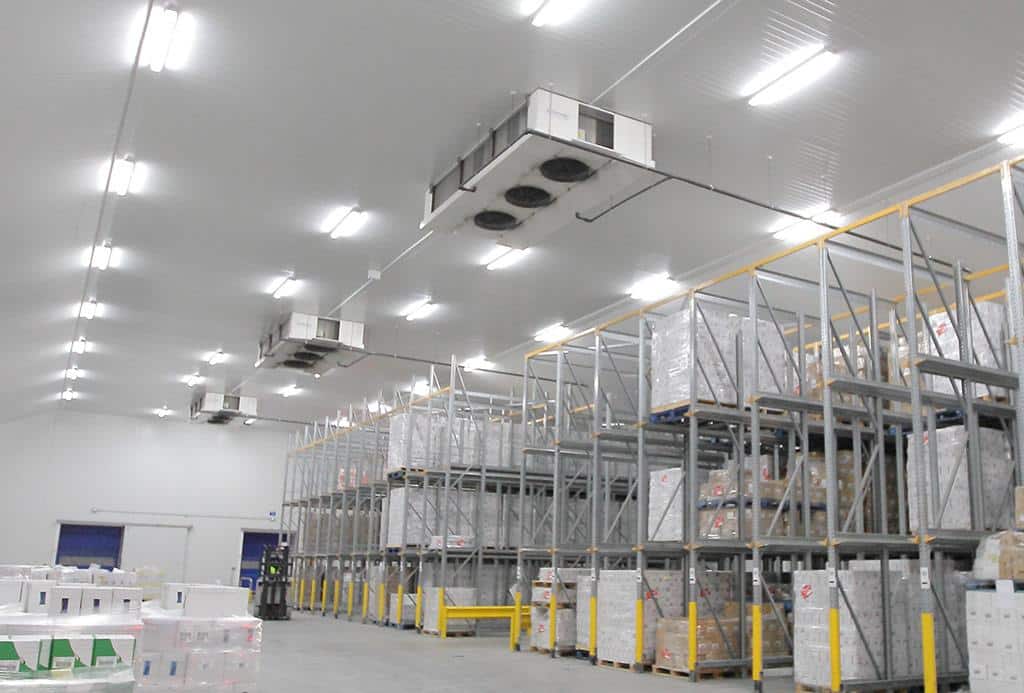The cold food storage industry, also known as the refrigerated warehousing and storage industry, is a critical component of the food supply chain. It involves the storage and handling of temperature-sensitive products such as perishable food items, pharmaceuticals, and other goods that require a controlled environment to maintain their quality and safety.
According to a market research report by Mordor Intelligence, the global cold storage market size was valued at $167.39 billion in 2020 and is projected to reach $243.67 billion by 2026, growing at a CAGR of 6.3% during the forecast period. The report also stated that the growth of the cold storage industry is driven by factors such as the increasing demand for perishable food products, the growth of the e-commerce industry, and the need for better inventory management in the food supply chain.
In the United States, the cold storage industry is a significant sector, with more than 2,800 facilities across the country, according to the International Association of Refrigerated Warehouses. The industry employs over 190,000 people and has a total capacity of approximately 3.7 billion cubic feet. The majority of the cold storage facilities are located in states with significant food production, such as California, Texas, and Florida.
The demand for cold storage in the United States is also growing, driven by factors such as the growth of the food industry, increasing consumer demand for fresh and organic food products, and the rise of online grocery shopping. According to a report by Grand View Research, the U.S. cold storage market size was valued at $10.52 billion in 2020 and is expected to grow at a CAGR of 5.5% from 2021 to 2028.
In conclusion, the cold food storage industry is a critical component of the food supply chain, with significant growth potential both globally and in the United States. The industry plays a crucial role in ensuring the safety and quality of perishable food products and other temperature-sensitive goods, and its growth is driven by various factors such as increasing demand for fresh food products, the growth of e-commerce, and the need for better inventory management in the food supply chain.

